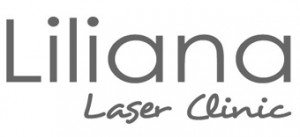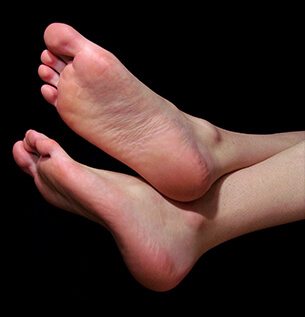Cost of Toenail Fungus Laser Treatment
Toenail Fungus
Fungal infection of a nail, or Onychomycosis, is a name of infection process of the nail bed, nail plate (we call it the nail itself) and sometimes the area near the toenail or fingernail. This medical term is divided in two parts:onycho-, which refers to nails and -mycosis, which mean a fungal infection. This disease is fairly common; half of all nails conditions in the world are diagnosed as onychomycosis! There are several types of nail fungus agents but in most cases we talk about a dermatophyte known as Trichophyton rubrum.
Fungus flourishes in moist and dark conditions, and these conditions are typical of the nail bed, specifically on the foot. This is because of shoes that do not provide proper ventilation and one’s feet are often sweaty due to more sweat gland concentration.
Secondly, fungus typically flourishes on the floors of structures associated with swimming pools, gyms and similar public places. Usually, this result in a toenail fungal infection that is hard to get rid of.
Nail fungal infection does not usually cause any symptoms, particularly at first. The most general complaint from the patients with toenail fungus is the way that the nail looks. Onychomycosis often disfigures the nail. Nails may change color – become yellowish or brownish. Also they can be thick and then brittle over time. The little and the big toes are the nails that are affected most often.
With the lapse of time infection becomes severe, the nail folds and skin near the nail becomes swollen and red. These are the symptoms of inflammation. Inflammation may be associated with discomfort and pain. The skin can discharge pus (white material that consists of white blood cells).
Moreover, since this is an infection, it can spread from one nail to another and from person to person. In addition, there is often fungal infection of the skin near the nails, which on the feet is called tinea pedis or athlete’s foot. Experience shows that fungal toenails are generally a disease of patients older than the age of 40.
There are people that are more susceptible to the nail fungus infection than others. Here are the risk factors:
- decreased immunity of the person
- injured nail
- diabetes mellitus
- poor foot hygiene
- male gender
- high pH level of the foot skin
If you notice any changes in your toenails, it is recommended that you seek treatment immediately. Fungal infection will spread and can grow rapidly, catching it at first sign will minimize the chances of spreading.
Most people want to make the nails look more appealing and get rid of this infection. Good news for you – with the proper treatment by modern remedies, you will be free of a nail infection caused by fungus, even if you’ve had it for years.
The nail fungus can become a source of serious bacterial infection.
You should know that onychomycosis is not easy type of fungal infection to treat. The more of the nail surface that is infected, the harder it is to cure. To get rid of it you will have to take a treatment that may take some time, so you may have to be patient. This is particularly important for people with poor circulation, diabetes, and elderly people with bad vision. The nail fungus can become a source of serious bacterial infection if they are not taken care of.
Toe nail fungus can be painful and cause permanent damage to your nails and may lead other serious infections that can spread beyond your feet if you have diabetes or other medical conditions.
Toenail Fungus Treatment Options
Toe nail fungus is difficult to treat and many over the counter remedies are available but are not effective. Oral antifungal medications such as terbinafine (Lamisil) are used and can be somewhat effective but do pose side effects and require regular blood tests to monitor your liver. These medications take 6 to 12 weeks and may take even longer to see results.
Topical nail fungus remedies has a very low rate of success as they fail to penetrate the nail itself, therefore do not affect the infected tissue underneath.
Laser Toenail Fungus Treatment
Laser treatments for toenail fungus are revolutionary breakthrough procedures in treating nail fungus infection. Laser fungus toenail treatments do not cause cuts or burns and thus has the advantage of patients being treated without reported discomfort.
Studies on laser treatment for toenail fungus that have been done are extremely encouraging, and to date, no known side effects were found. Long-term effects for laser treatment for toenail fungus seem just as promising. Coupled with good hygiene of the toes, patients should experience good, long-term result in the elimination of the toe nail fungus.
Laser nail fungus treatment procedure surpasses those of the more dangerous medications with an effective success rate around 80% in clinical studies showing the fungus to be destroyed, safely.
Today you can use lasers to treat toe nail fungus with great success. There are no side effects with the laser and the rate of clearing the fungus can be as high as 90% for mild infections. Several treatments may be required to get more clearing of the nail fungus.
The focused, targeted laser light beam will have no effect on healthy tissue, and will only target the infected areas. A patient undergoing laser nail treatment for fungus removal procedures should experience no discomfort during or after the treatment.
The toe nail fungus treatment itself takes only few minutes but may take several months before the infection clears.


